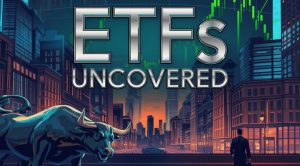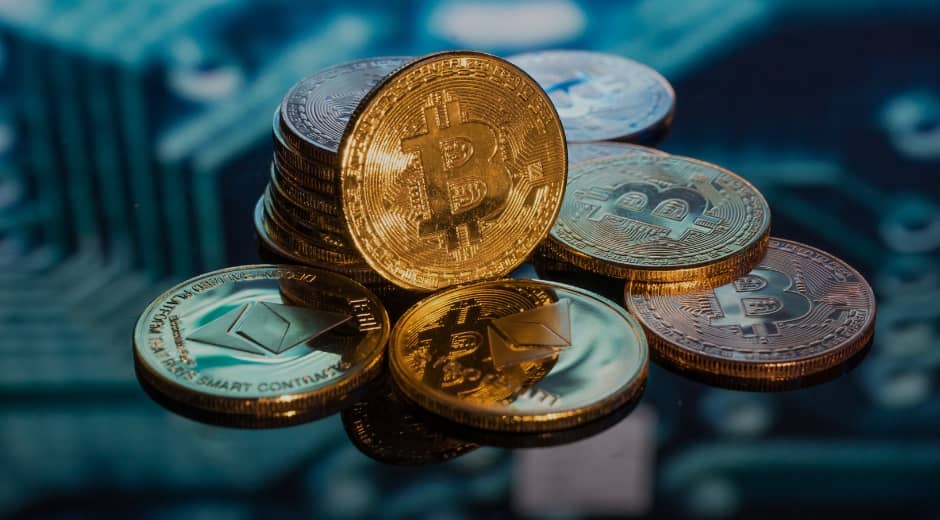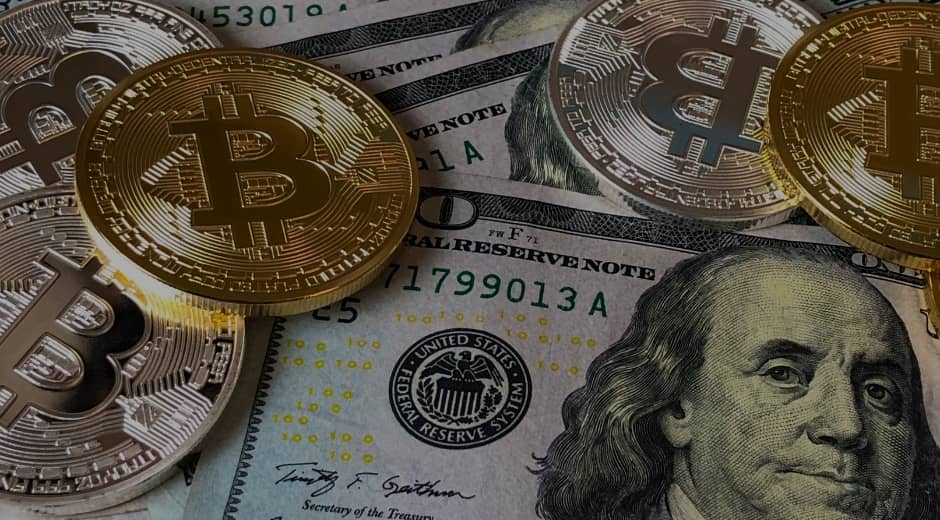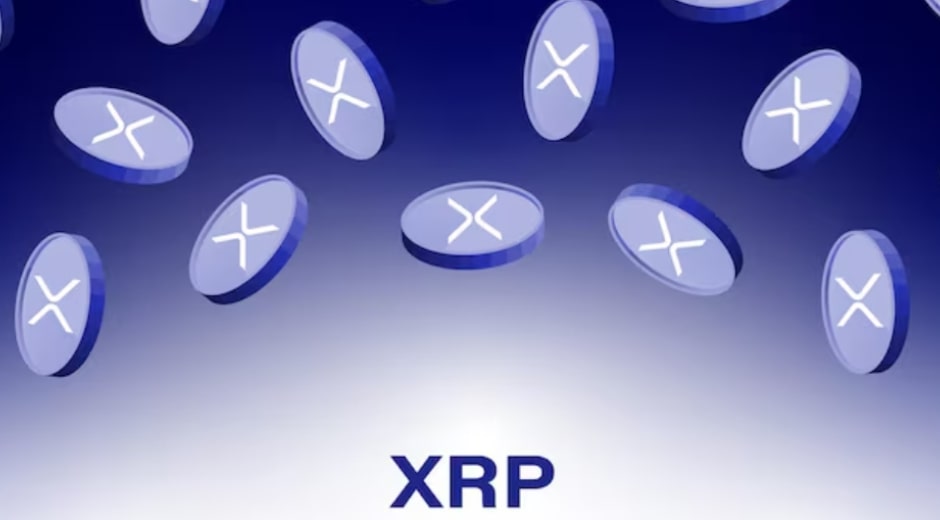Crypto Reimagined: How Digital Assets Are Reshaping Global Finance
Over the past decade, cryptocurrencies have evolved from a fringe experiment into a $1 trillion+ asset class challenging the very foundations of global finance. What began as a decentralized alternative to fiat currency has since spawned entire ecosystems — including decentralized finance (DeFi), NFTs, stablecoins, and central bank digital currencies (CBDCs).
Yet for all the hype and headlines, the core question remains:
Is crypto just speculative noise — or a transformational shift in how we store, exchange, and build value?
This article breaks down the current state of crypto, its key sectors, real-world use cases, regulatory headwinds, and where the next wave of disruption may come from.
1. Crypto Beyond Bitcoin: The Evolving Ecosystem
While Bitcoin (BTC) remains the most recognized digital asset, it now represents just one layer of a sprawling crypto economy.
Key sectors:
Ethereum & Smart Contracts: Platforms like Ethereum (ETH), Solana (SOL), and Avalanche (AVAX) enable decentralized apps (dApps), NFTs, and DeFi.
Stablecoins: Tokens like USDC and USDT are pegged to fiat and used for remittances, payments, and on-chain liquidity.
DeFi: Decentralized exchanges (DEXs), lending protocols, and yield farms remove intermediaries from financial services.
Layer 2 Solutions: Networks like Arbitrum and Polygon aim to solve scalability and cost issues of main chains.
Why it matters:
Crypto is no longer just about currencies — it’s about infrastructure, programmable money, and ownership at internet speed.
2. Thematic and Sector-Based Investing: Targeting Growth
ETFs have evolved far beyond just tracking broad indexes like the S&P 500.
Today, investors can target specific themes or sectors, including:
Artificial Intelligence (e.g., Global X AI ETF)
Clean Energy (e.g., iShares Global Clean Energy ETF)
Cybersecurity, Semiconductors, Biotech, and more
Trend:
The rise of thematic ETFs allows investors to bet on the future of specific technologies or global trends — without stock-picking.
Risk:
While targeted ETFs offer potential for high returns, they also carry higher volatility due to sector concentration.
3. Passive vs Active ETFs: A New Battle Emerges
Traditionally, ETFs have been passive — simply tracking an index. But a growing number of actively managed ETFs are gaining traction, especially in fixed income and alternative asset strategies.
Why this matters:
Active ETFs offer flexibility and can outperform in volatile markets.
Investors gain access to professional strategies in a more liquid format than traditional mutual funds.
Caveat:
Fees tend to be higher, and performance varies significantly depending on the manager.
4. The Rise of Bond and International ETFs
ETFs aren’t just for stocks. In fact, bond ETFs have seen rapid growth as investors seek yield with flexibility.
Highlights:
Treasury ETFs provide short-term exposure with minimal risk.
Emerging market ETFs allow diversification beyond U.S. borders.
Currency-hedged ETFs manage foreign exchange risk.
Why investors care:
ETFs make global diversification and fixed income exposure more accessible than ever.
5. Risks and Misconceptions
Despite their benefits, ETFs aren’t without challenges.
Key concerns:
Over-diversification: Some investors hold too many overlapping ETFs.
Liquidity mismatches: In volatile markets, ETF pricing can diverge from underlying asset values.
Hidden concentration: Many popular ETFs are heavily weighted toward just a few tech giants (e.g., Apple, Microsoft, Nvidia).
Solution:
Investors must research what’s inside the ETF, not just the label. Tools like ETF.com and Morningstar can help evaluate holdings and risks.
6. The Future of ETFs: Innovation Ahead
The next frontier in ETFs includes:
Tokenized ETFs on blockchain platforms
ESG and socially responsible ETFs
Custom index ETFs tailored to investor goals
Real-time settlement and faster transaction processing
With continued innovation and investor demand, ETFs are poised to become the default vehicle for global investing over the next decade.
Conclusion: A Revolution in Plain Sight
ETFs have taken the complexity out of investing — while putting powerful tools in the hands of everyday investors. Whether you’re just starting out or rebalancing a complex portfolio, ETFs offer unmatched flexibility, efficiency, and reach.
But as with any financial product, understanding the mechanics, risks, and strategy behind your investments is key.
The ETF revolution isn’t coming — it’s already here. And for those willing to learn the landscape, the next big opportunity could be just a ticker symbol away.
Education Made Simple

Commodities Unlocked: Why Gold, Oil, and More Still Matter in Modern Portfolios
Discover how exchange-traded funds (ETFs) are revolutionizing investing. Learn about thematic ETFs, diversification, risk factors, and strategies for smarter portfolio building.

Crypto Reimagined: How Digital Assets Are Reshaping Global Finance
Discover how exchange-traded funds (ETFs) are revolutionizing investing. Learn about thematic ETFs, diversification, risk factors, and strategies for smarter portfolio building.

ETFs Uncovered: How Exchange-Traded Funds Are Changing Investing 2025
Discover how exchange-traded funds (ETFs) are revolutionizing investing. Learn about thematic ETFs, diversification, risk factors, and strategies for smarter portfolio building.

Investing in Disruption: Stocks Poised for the Next Big Leap
In a landmark move for the AI industry, Nvidia and OpenAI have announced a $100 billion strategic partnership to build at least 10 gigawatts of AI data center capacity.









